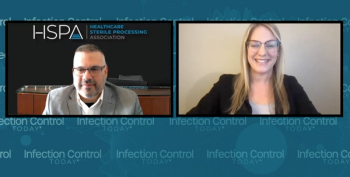
Staff shortages, public recognition, and moving out of the medical field are all issues that the sterile processing industry has faced.

Staff shortages, public recognition, and moving out of the medical field are all issues that the sterile processing industry has faced.
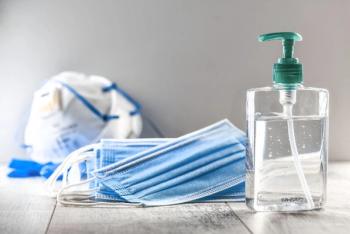
Investigators used 3 behavior models to study how to increase health care workers’ compliance with infection prevention and control practices.

In a study of 11 LTC facilities, these surfaces were 4 times more likely to register high levels of crAssphage and adenosine triphosphate (ATP).

Take 5 minutes to catch up on Infection Control Today’s highlights for the week ending February 18.
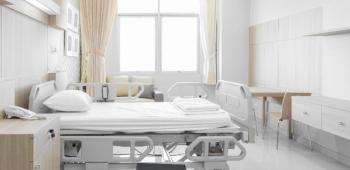
Patients can potentially be at increased risk for infection from damaged hospital mattresses and beds. More diligent and frequent cleaning must be done to keep patients safer.
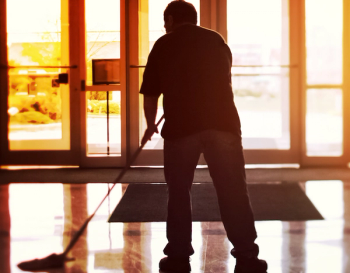
ICU nurses, more than other clinicians, because they have the most interaction with patients. Non-clinical workers because they may not be knowledgeable enough about mitigation methods, a study states.
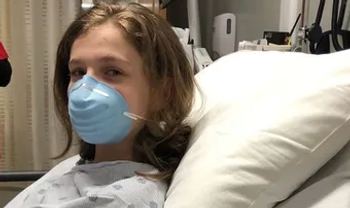
The ability to be an excellent infection preventionist requires lifelong learning and taking the initiative to grow professionally.
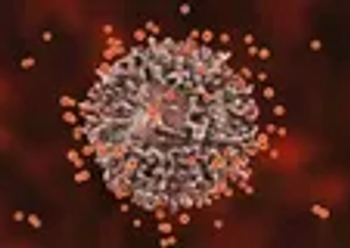
Contrary to the “vaccinate and all will be well” narrative, “mild” does not mean just avoiding hospitalization, nor does surviving a COVID-19 acute illness means you have recovered. Vaccines are an important layer of armor but they, in themselves, will not stop COVID-19.
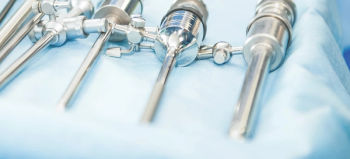
The successful combination of products and the adoption and application of science-based practices will help the sterile processing profession rise above challenges to protecting frontline technicians.
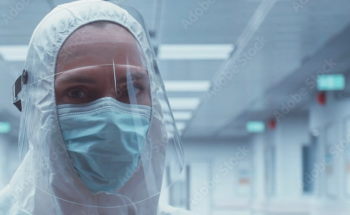
Now is the time for infection preventionists to harness the current attention to biopreparedness and use the momentum to build the foundations for strong local programs that can be sustained through future waves of competing priorities.
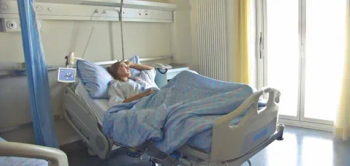
There are many facets to creating smarter, healthier health care spaces through infection control and prevention, but these tips can help generate a cohesive, adaptable and curative plan.
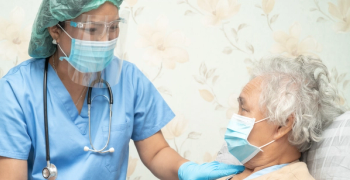
Having an infection preventionist on site or as a consultant to lead infection prevention and control training makes a difference. The ability to screen, isolate, or group patients can save lives. Ongoing testing of residents and staff is critical.
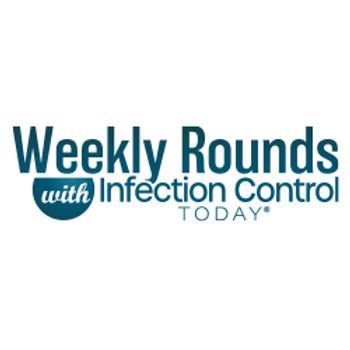
Take 5 minutes to catch up on Infection Control Today’s highlights for the week ending December 10.

CDC’s Michael Craig: “Every country is an importer and an exporter of resistance…. And our hope is that this could be a jumpstart to help some of these countries start to build the capacity that is needed everywhere.”
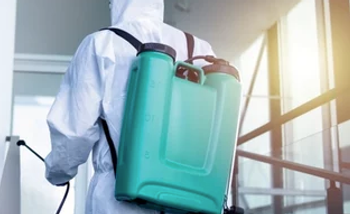
The electrostatic sprayer method kills nearly 100% of pathogens. It also kills the COVID-19 virus. But is that overkill?

As part of infection prevention against COVID-19, schools spent millions of federal dollars trying to upgrade ventilation systems. That money has been ill-spent, warn some experts.

One of many presentations at the ISSA Show North America 2021 this week seeks to light an entrepreneurial fire under an old concept.

No health care worker is immune from the dangers of handling sharps. Physicians hold a rate just under that of nurses, mostly related to use of scalpels, but are less likely to report these injuries.

What does the post-COVID-19 future look like for infection preventonists? Great strides in infection prevention have been made because of the COVID-19 response, but look for them to be modified moving forward.

Adenosine triphosphate (ATP) bioluminescence needs technological enhancement if it’s to reach its full potential as a disinfection tool, says a study.
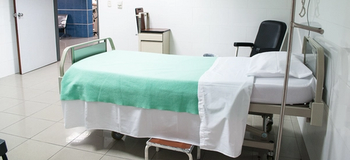
Darrel Hicks: “EVS teams work around professionals who are certified—whether it’s respiratory therapists, physical therapists, the RNs, the doctors—and I think if we ever hoped to elevate their status that we need to certify environmental services workers to a certain level of knowledge before they even start cleaning patient rooms.”

Take 5 minutes to catch up on Infection Control Today’s highlights for the week ending October 29.

Compared to cases confirmed by human clinical testing, the air sampling used in the college dorms in the study had a success rate of 75%–100% in detecting infection by SARS-CoV-2.
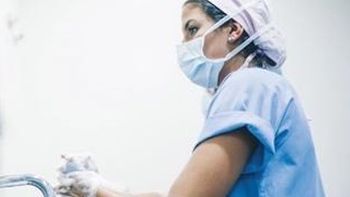
Brian Flannigan: “The reason why water quality and water safety is so important in sterile processing is that there have been direct connections made between the water systems and hospital infections: operating room infections, asset life problems, maintenance problems, staining and discoloration of equipment.”

Even the most rigorous infection prevention protocols come unraveled if compliance isn’t maintained. The challenge is that for busy health care professionals, remembering when and how to disinfect is just one of many competing tasks in an extremely busy day.